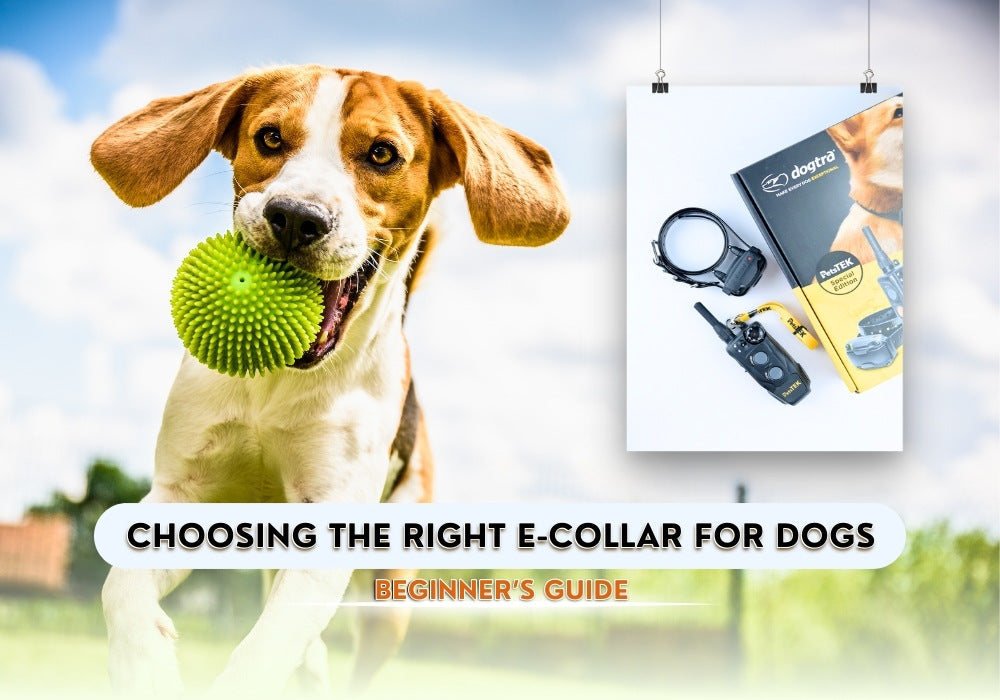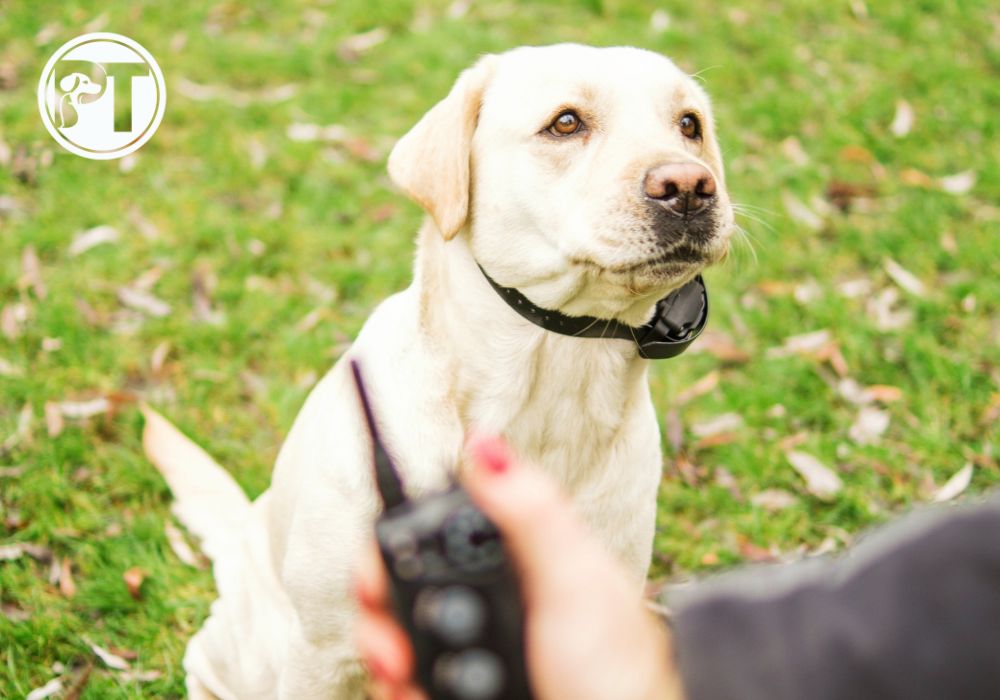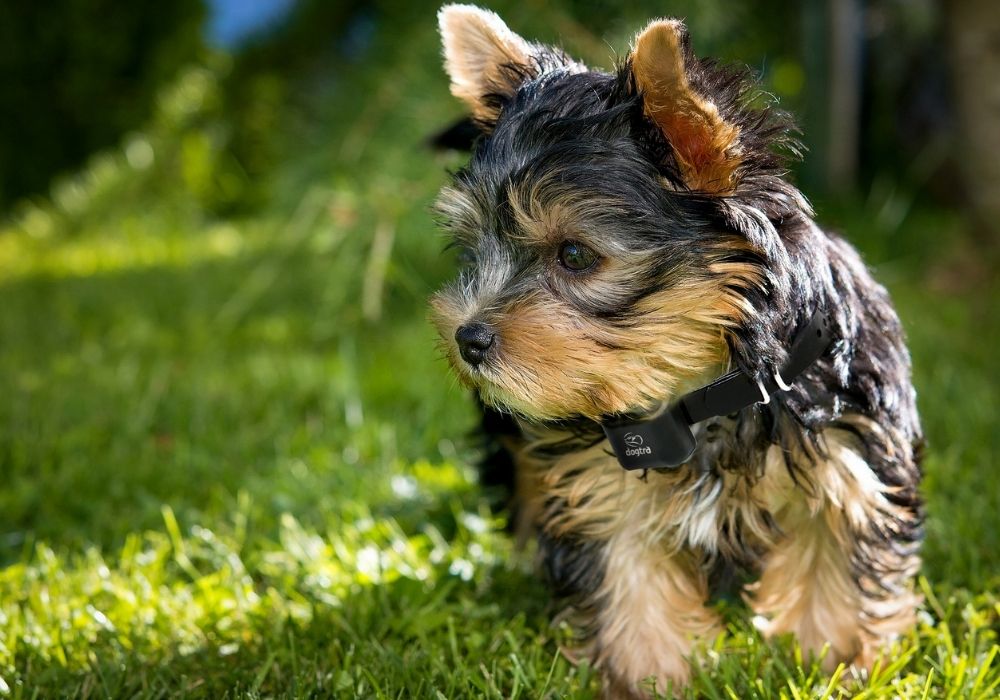A Beginner’s Guide to E-Collar Accessories – Tips for Safe & Effective Dog Training
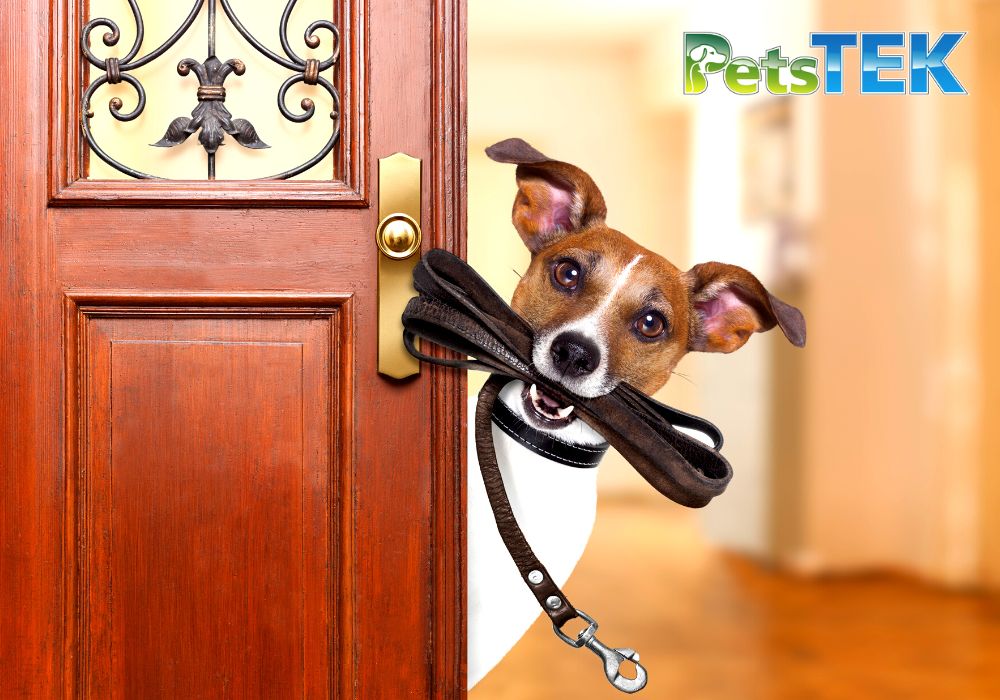
Dog training can be taxing at times. You want to ensure you’re doing it correctly with all the help you need. Many pet owners and dog trainers alike have witnessed firsthand how e-collars help streamline the whole training process. For remote training, anti-barking, or pet containment, shock collars for dogs have worked like magic.
If you’re a beginner to these training tools, you might want to check out our guide for choosing a remote training collar, no bark collar, and e-fence system.
For this post, let’s discuss how to choose the right accessories for your e-collar unit.
What Are E-Collar Accessories?
E-collar accessories supplement the use of e-collars in dog training. You might require some of these things depending on your dog's training needs. Some may even be nonessential items, although they’re good to have for your pet's comfort.
How to Choose an E-Collar Accessory?
Regardless of what type of accessory you’re planning to buy, consider the following.
1. Get the accessory from the same brand.
E-collar accessories are primarily proprietary. Meaning it’s likely that you need to get the item from the same brand as the e-collar you’re using. E-collar manufacturers design their dog training collars differently from competitors. They can customize everything from the transmitter design, collar sizes, ecollar features, battery components, etc. Hence, getting a similar brand is the best choice to ensure the accessory will function and fit.
2. Ensure the item is compatible with your e-collar.
Getting an accessory from the same brand doesn’t guarantee that the item will work as expected. Manufacturers make a lot of ecollar models. One product series can have a different hardware design (for example, the remote transmitter’s shape) than the others. Or the comfort pads may not be the right fit for your dog’s receiver collar. Compatibility is crucial.
3. Consider your dog’s skin sensitivity.

Shock collars are composed of an ordinary collar strap with an attached receiver. The receiver has prongs placed in contact with your dog’s neck for sending feedback. These contact points constantly touch your dog’s skin, which may cause irritation or redness due to prolonged use. So, find out if your dog has sensitive skin, and opt for contact points with hypoallergenic properties. Similar consideration should be given to the material used in the dog collar strap.
4. Think about what you need and prefer.

If you have more than one dog to train, you most likely need an extra collar for the second dog. This allows you to handle two dogs simultaneously using only one remote for hassle-free training. But if you want to go hands-free outdoors, there’s an accessory for that, too. You only need your belt clip or holster to hold your transmitter securely.
Different E-Collar Accessories for Training
There are a lot of e collar accessories you can find on the market. Below are just some of the items you might need or want to get:
-
Additional Collars

In most instances, a dog shock collar unit consists of a remote transmitter and one receiver collar. This means you also need two collars if you have two dogs to train. There are e-collars for dogs designed for a 2-dog setup. However, some units are not expandable, so you cannot pair another collar to the same system. If you want an expandable unit, which is the wise thing to do, you can purchase an additional collar for your other pet.
-
Replacement Contact Points

Contact points, or prongs, are the protruded part of the receiver from which the stimulation travels from the collar to the dog’s neck. These can be made from stainless steel, plastic, titanium, or brass. Standard prongs are usually made of steel that contains nickel, which can trigger an allergic reaction. If you have a sensitive dog, you should consider getting hypoallergenic contacts.
Contact points are available in various sizes: ½”, ⅝”, ¾”, and 1”. If your dog has fur of average length, the standard is ⅝ inch. Get ½-inch contacts for your dogs with shorter coats. However, if you have a dog with longer fur, ¾” and 1” should work.
The prongs are essential to ensure that the stimulation is properly delivered. A proper fit means the contact points constantly touch your dog’s skin.
-
Comfort Pads

Comfort pads have additional prongs that distribute the stimulation. Comfort pads are a great accessory to your dog’s receiver collar, especially for those with sensitivities.
Advantages of Comfort Pads
1. Minimize skin irritation
2. Provide extra comfort to dogs
3. Distribute stimulation over a wider neck area for improved contact
4. Ideal for dogs with sensitive skin or those expected to wear the collar over an extended period
-
Replacement Collar Straps

Dog collar straps are commonly made of leather or nylon. However, Biothane straps are gaining popularity nowadays. Leather and nylon are both durable materials, but the former easily breaks down, especially when in frequent contact with water. Leather collars usually use buckles, while nylon collars can have a buckle or quick-snap closures.
Biothane-coated collars are an excellent alternative to leather, as they are water-resistant and stink-proof. Like nylon, these collars offer multiple color options to give your dogs a stylish touch when wearing them. Some Biothane collars can reflect light during low-light periods, providing greater visibility for your dog, especially at night. In addition, bungee collars are typically made from the same material. These collars expand as your dog breathes or moves to provide more comfort.
-
Belt Clips and Holsters

Belt clips and holsters are used to hold your remote transmitter during training. They keep your hands free when you don’t need to send a correction to your dog. As transmitters come in different shapes and designs, it’s recommended that you buy from the same brand.
-
Replacement Skins
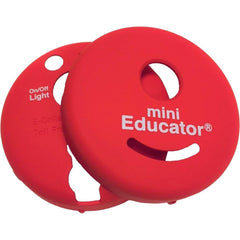
Educator collars allow you to change your transmitter color to the shade you want. You can choose from zen, yellow, black, red, orange, blue, pink, and many more. These remote replacement skins are also easy to install.
Making a Choice
Choosing your e-collar accessories isn’t as complicated as shopping for your first e collar. That said, remember these four recommendations in selecting your e-collar accessories:
- Get the accessory from the same brand.
- Ensure the item is compatible with your e-collar.
- Consider your dog’s skin sensitivity.
- Think about what you need and prefer.
Ready to shop for accessories? Visit our collection of e-collar items from popular brands like Dogtra, E-Collar Technologies, PetSafe, and SportDOG.
Final Thoughts
Training your dog is inevitable if you want to experience the joy and satisfaction of raising a furry companion. This should always be fun and convenient for you and your dog to keep the training on a positive note. E-collars and their accessories are there to help you out. You need good training aids and workable methods, and you’re good to go!
You might also enjoy...

